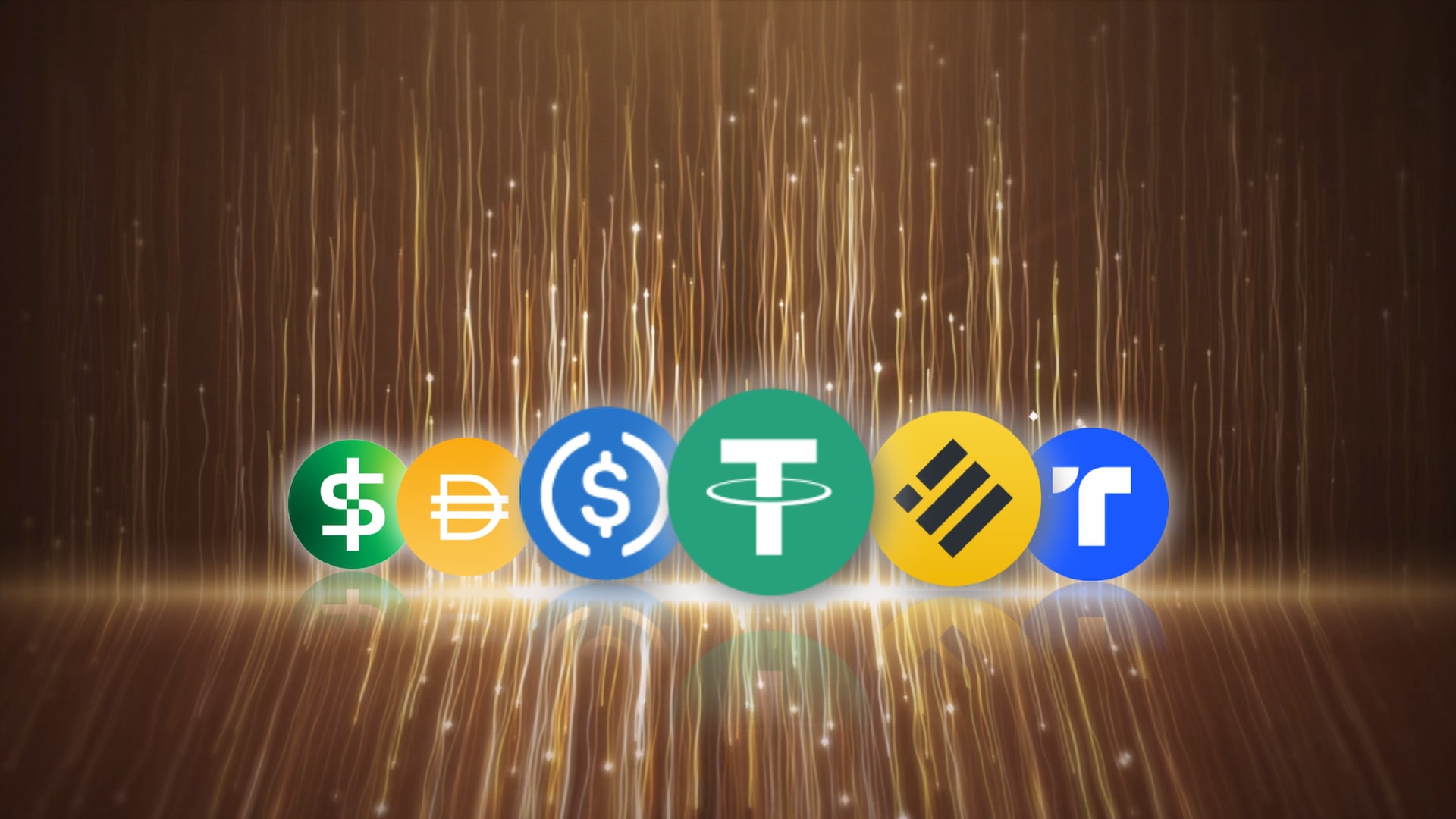A stablecoin, or cryptocurrency that tracks the value of a certain fiat currency, is Tether. The value of each Tether coin must always be equal to one unit of fiat money. You can send off Tether to another cryptocurrency wallet worldwide or instantly trade other cryptocurrencies for it at any time to restructure your coin holdings. The price of USDT is independent of how frequently it is purchased and traded, unlike most cryptocurrencies. The general market drop has a negligible effect on Tether either. While daily volatility is a feature of all cryptocurrencies, the USDT coin is stable. Talking about cryptocurrencies, if you are unsure which trading platform would be perfect for you, use bitvestment website as it is secure and safe.
The cryptocurrency’s developer, Tether Limited, is the rightful owner of the rights to it. When Tether was developed, the business had already released its failed Realcoin cryptocurrency proposal. In February 2015, the Tether coin first surfaced on trading platforms.
Technical aspects of Tether (USDT):
- On March 12, 2017, the USDT cryptocurrency’s first component was made available.
- Tether blockchain utilizes the SHA-256 encryption algorithm.
- Omni transactions are noted sharing a similar Bitcoin transaction hash.
Types of Tether (USDT) wallets:
You can use a broad variety of wallets, both hot and cold, to store USDT. The variety of wallets expands due to compatibility with Trezor, Ethereum, and Litecoin.
- MyEtherWallet. This is a wallet for web browsers that is even compatible with Chrome extensions.
- Omni Wallet. This is the initial Tether wallet that holds users’ private keys in its possession. This capability increases the wallet’s level of security.
- Coinomi. Your Android or iOS device can store money thanks to this mobile wallet. It is simple to use and secure for your investments.
- Tether Wallet. Though it is an official Tether wallet, there are several problems with it. Hackers that gained access to the wallets in 2017 stole 31 million USDT. Not the ideal wallet in which to store your savings.
- Exodus Wallet. This desktop wallet enables the storage of the most well-known cryptocurrencies, including Tether, Bitcoin, Ethereum, Dash, and Litecoin.
- Ledger Nano S. Just use Ledger cold wallet if you need extra security and privacy. Although expensive, it is worthwhile.
Specific features of Tether (USDT)
- It brings fiat currency stability to the blockchain. Because of this, it can be used to store or transmit value.
- Tether is a well-known stablecoin. Due to its popularity, it is available on the most significant cryptocurrency exchanges.
How does the Tether (USDT) blockchain operate?
Three layers make up the Tether network. The Tether transaction system and the Bitcoin Blockchain make up the initial layer. The Omni protocol itself is found on the second level. With the help of this technology, you may generate and destroy cryptocurrencies, monitor their circulation, transact with them, and store fiat and USDT in a peer-to-peer, anonymous, and cryptographic-secure environment. Tether Limited is located on the third level. The business oversees taking fiat money from customers, exchanging it for cryptocurrency, and keeping reserves.
Tether Limited also decides how to integrate cryptocurrencies on different exchanges, wallets, initiatives, etc.
Tether fees – The blockchain you use will decide the Tether network costs. You must pay Ethereum gas costs if you are trading on the ERC-20 (Ethereum) network. Costs will change if you exchange other versions.
Prominent happenings around Tether (USDT)
Tether’s history is more complicated than that of many other cryptocurrencies, which have not generated much controversy. Tether and bitcoin exchange Bitfinex are closely related, with both companies sharing CEO JL van der Velde and other staff. Researchers believe in insider trading in Bitcoin via Tether and Bitfinex because of this close association.
According to the New York Attorney General, who investigated Tether and Bitfinex, Tether was not equally supported by U.S. dollar assets, despite what it claimed to be. The two businesses were also accused of misleading customers regarding their currency backing and hiding $850 million in misplaced assets. Without admitting or rejecting the allegations, Bitfinex and Tether settled the case in February 2021 by agreeing to pay $18.5 million to the State of New York and comply with new transparency reporting standards.
Summary
The blockchain community has strong opinions about the tether coin. The USDT token violates the tenets upon which Bitcoin is built since it is centralized, requires permission to use, and depends on user faith in a third party. There will be some upside to the anti-Tether effort. Criticism might encourage the system to improve its professional standards and eliminate its flaws.
















